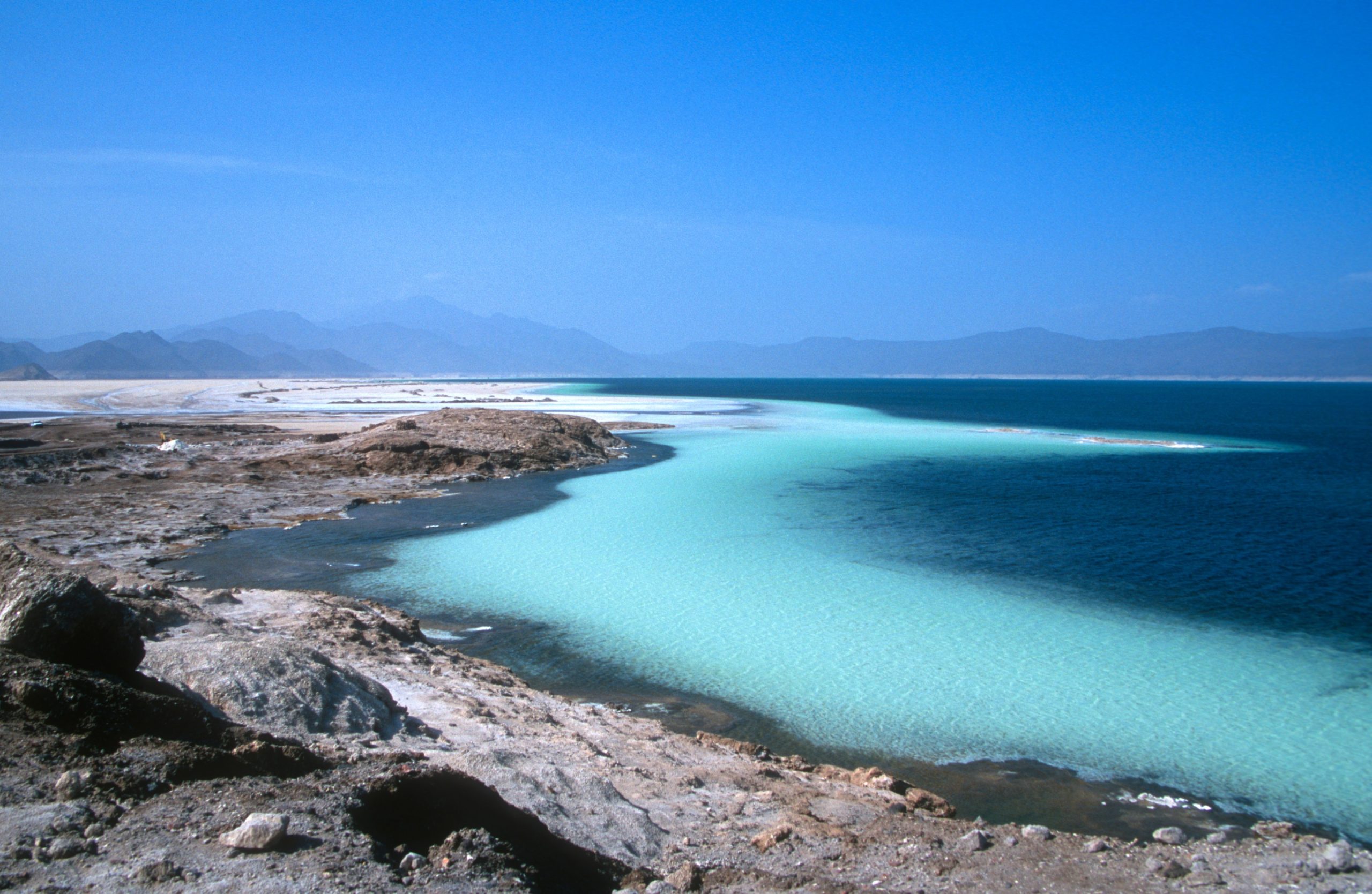radicalthought.org – Nestled in the Horn of Africa, Djibouti is a country that boasts a diverse and stunning natural landscape. Despite its small size, Djibouti offers a plethora of natural wonders that attract adventurers and nature enthusiasts from around the globe. From its arid deserts to its lush forests and from its volcanic landscapes to its pristine coastline, Djibouti’s natural beauty is as varied as it is breathtaking.
The Volcanic Landscapes
One of the most striking features of Djibouti’s natural landscape is its volcanic terrain. The country is home to several active and dormant volcanoes, including the famous Lake Assal, which is situated in the crater of the dormant volcano, Mount Houbet. The lake is the lowest point in Africa and is surrounded by dramatic salt flats and rugged cliffs.
The landscape around Lake Assal is otherworldly, with its stark mineral formations and the intense blue of the lake contrasting with the reds and browns of the surrounding desert. Another notable volcanic site is the Ardoukoba volcano, which last erupted in 1978, leaving behind a fascinating landscape of lava flows and volcanic cones.
The Coastal Wonders
Djibouti’s coastline is a treasure trove of marine life and natural beauty. The country’s strategic location at the mouth of the Red Sea has made it a melting pot of marine biodiversity. The waters around Djibouti are home to a variety of coral reefs, mangroves, and sea grass beds, which support a rich ecosystem of fish, dolphins, whales, and the critically endangered dugong.
The Djibouti Underwater National Park is a prime example of the country’s commitment to preserving its marine environment. This protected area offers some of the best snorkeling and diving in the world, with clear waters that allow for unparalleled views of the vibrant coral reefs and the diverse marine life that calls them home.
The Desert and Wildlife
The vast deserts of Djibouti are home to a surprising array of wildlife. The Day Forest National Park, a remnant of the Ethiopian forest that once covered the region, is a sanctuary for endemic species such as the Djibouti francolin and the Archer’s lark. The park’s lush vegetation provides a stark contrast to the surrounding desert and is a testament to Djibouti’s ecological diversity.
The Moucha Island, located off the coast of Djibouti, is another natural gem. This island is known for its birdlife, including the endemic Moucha magpie, and its beaches, which are nesting sites for green sea turtles. The island’s unique ecosystem is a reminder of the importance of conservation in Djibouti’s natural landscapes.
The Cultural Landscapes
Djibouti’s natural beauty is not limited to its wilderness areas; it also includes cultural landscapes that have been shaped by human activity over centuries. The traditional Afar salt caravans, which traverse the Danakil Depression, are a testament to the resilience and ingenuity of Djibouti’s people. This harsh environment, known for its extreme heat and otherworldly landscapes, is a place where nature and culture intersect in a fascinating display of human adaptation.
Conclusion
Djibouti’s natural beauty is a testament to the country’s ecological diversity and the resilience of its people. From its volcanic landscapes to its coastal wonders, and from its desert wildlife to its cultural landscapes, Djibouti offers a unique blend of natural and cultural experiences. As the world continues to discover the hidden gems of Africa, Djibouti stands out as a country that embodies the true essence of natural beauty.
